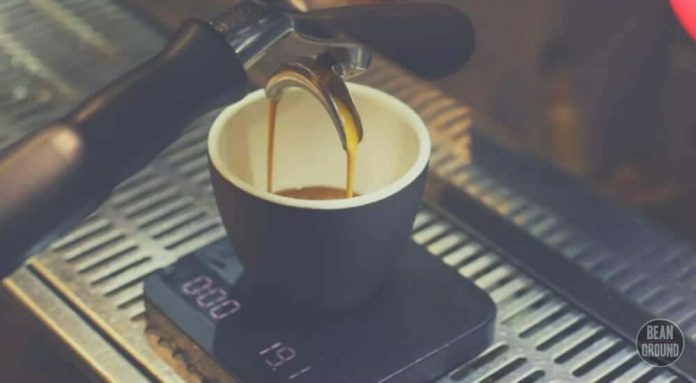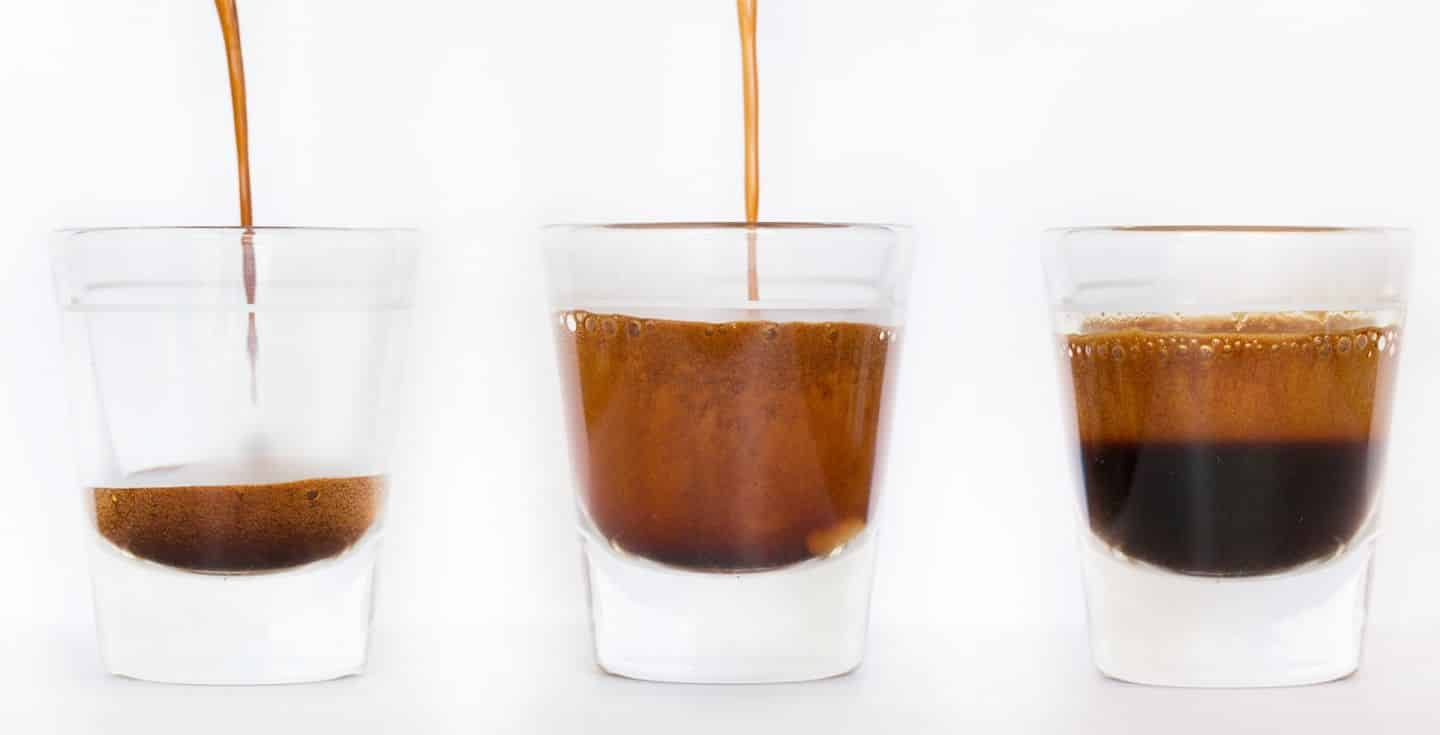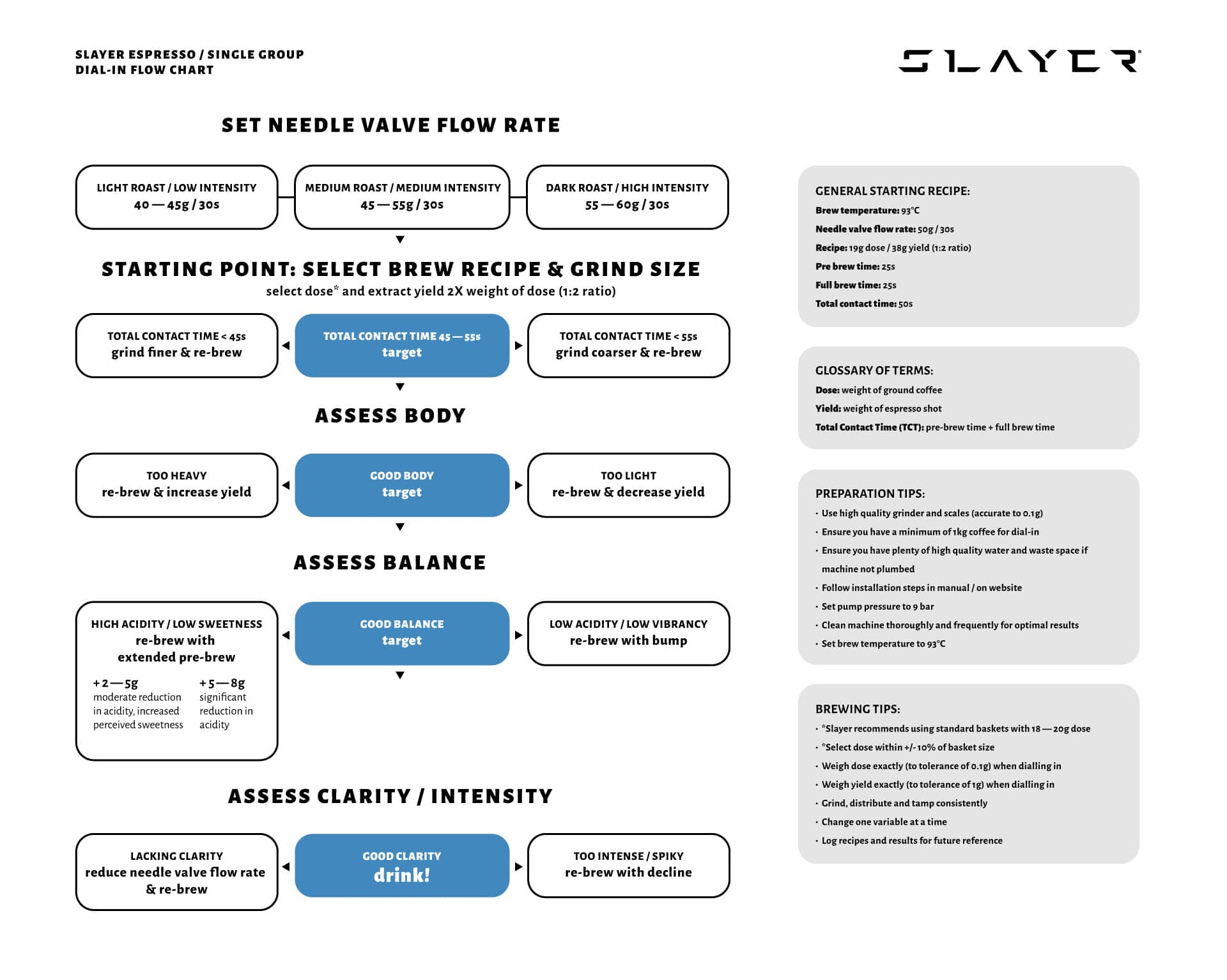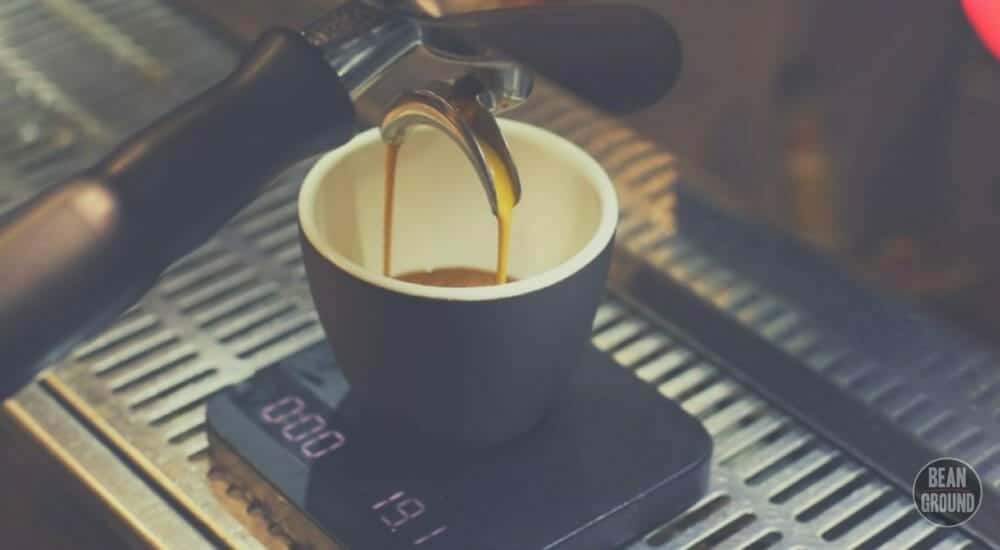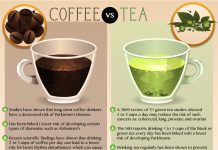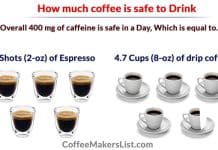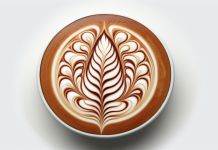Have you ever wondered how to achieve the perfect espresso shot? It’s a skill that many coffee enthusiasts strive to master, but the process can be intricate and nuanced. From the grind size to the brewing time, every detail plays a crucial role in crafting a flawless cup of espresso. In this article, we’ll uncover the secrets behind dialing in the perfect espresso shot, sharing the expert tips and tricks that will elevate your coffee game to new heights. So, grab your favorite mug and join us on this aromatic journey through the art of espresso-making.
Factors Affecting Espresso Shot Quality
When it comes to brewing the perfect espresso shot, there are several factors that have a significant impact on the final result. From the selection of beans to the dialing-in process, each step plays a crucial role in achieving an exceptional espresso experience. In this article, we will explore the various factors that affect the quality of an espresso shot and delve into the importance of each element in creating a delicious cup of coffee.
Bean Selection
One of the most critical factors in determining the quality of an espresso shot is the selection of beans. The characteristics of the beans, such as their origin, roast level, variety, and freshness, greatly influence the taste and aroma of the coffee.
Origin and Region
The origin and region of the beans play a pivotal role in the flavor profile of the espresso shot. Different regions produce beans with distinct flavors and nuances, making it essential to consider the specific notes and characteristics associated with each origin. Whether it’s the fruity undertones of Ethiopian beans or the chocolatey richness of Brazilian beans, understanding the flavor profiles of different regions can assist in selecting beans that align with your taste preferences.
Single Origin vs. Blend
When choosing beans for your espresso shot, you’ll also need to consider whether you prefer single-origin or blend. Single-origin beans come from a specific region and provide a unique flavor experience, while blends combine beans from multiple origins to create a balanced and complex taste. It ultimately boils down to personal preference, as both single-origin and blend can produce exceptional espresso shots if selected and brewed correctly.
Bean Variety
The variety of the beans, such as Arabica or Robusta, also contributes to the overall quality of the espresso shot. Arabica beans are known for their delicate flavors and acidity, while Robusta beans offer a stronger and more bitter taste. The choice of bean variety depends on your personal preferences and the flavor profile you wish to achieve in your espresso shot.
Freshness
Freshness is paramount when it comes to brewing a high-quality espresso shot. Stale beans can result in a flat and uninspiring flavor profile, while freshly roasted beans offer vibrant and complex flavors. To ensure freshness, it is recommended to purchase whole bean coffee and grind it just before brewing. This way, you can enjoy a more aromatic and flavorful espresso shot.
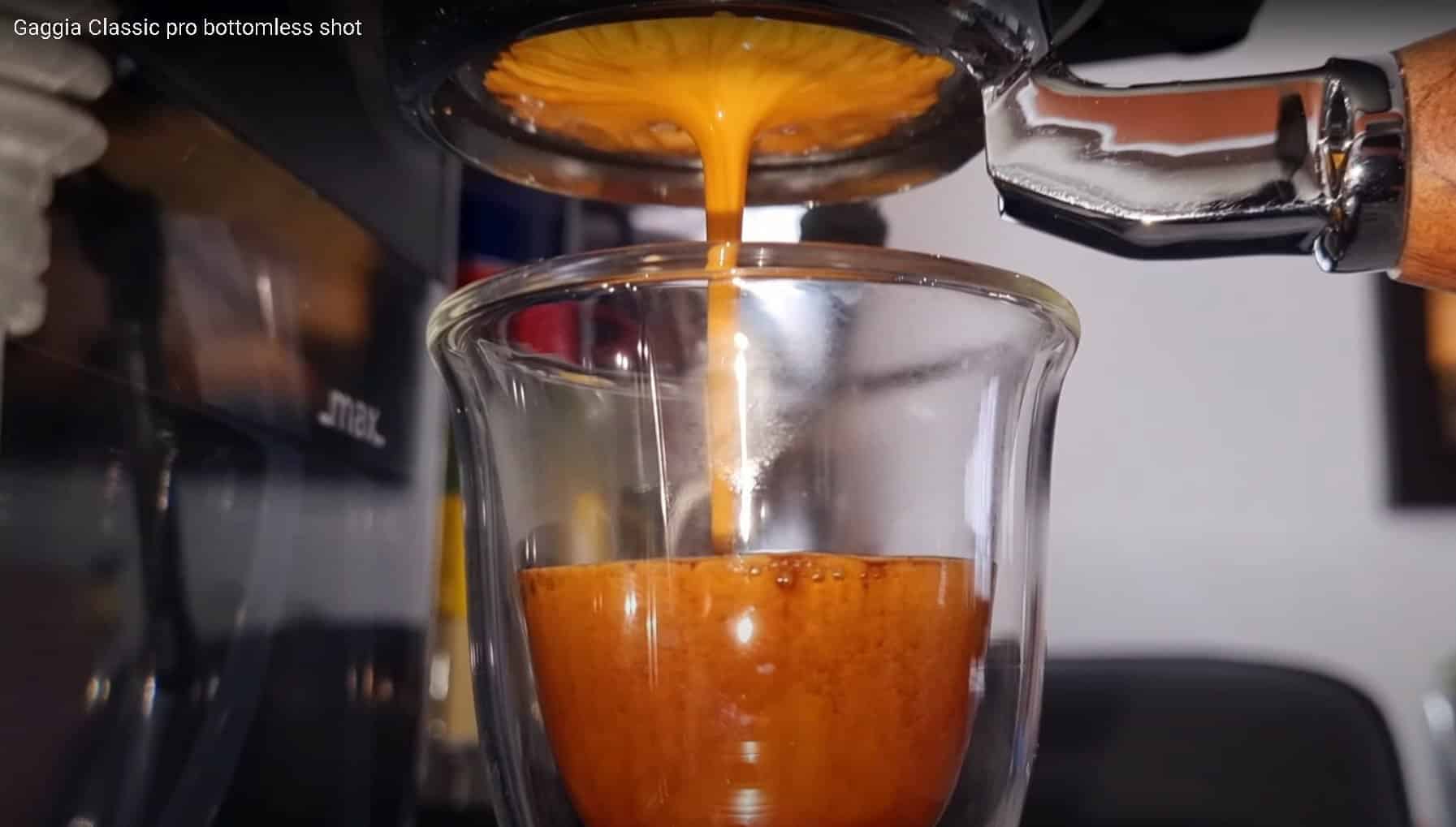
Roast Level
The roast level of the beans significantly impacts the taste and intensity of the espresso shot. From light to medium to dark roast, each level presents its unique characteristics and requires specific adjustments in the brewing process.
Light Roast
Light roast beans are roasted for a shorter duration, allowing the natural flavors of the beans to shine through. These beans tend to have a brighter acidity, floral notes, and a more delicate body. When brewing with light roast beans, it is essential to adjust the grind size and brew time to extract the flavors effectively without under-extracting or over-extracting the coffee.
Medium Roast
Medium roast beans strike a balance between the acidity and sweetness of the coffee, resulting in a well-rounded flavor profile. These beans often exhibit notes of chocolate, nuts, and caramel, providing a pleasant and comforting taste. When working with medium roast beans, it is crucial to find the right balance in grind size and brewing parameters to maximize their flavor potentials.
Dark Roast
Dark roast beans are roasted for a longer duration, resulting in a bold and intense flavor profile. They are known for their rich and smoky taste, with hints of bitterness and a heavy body. Brewing dark roast beans requires a slightly coarser grind size and adjustments in the brewing parameters to prevent over-extraction, which can lead to a bitter and harsh taste.
Adjusting for Roast Level
To achieve the perfect espresso shot, it is vital to understand the characteristics of different roast levels and adjust the brewing parameters accordingly. Light roast beans may require a finer grind size and shorter brew time, while dark roast beans may necessitate a coarser grind size and longer brew time. Experimentation and tasting are key to finding the ideal balance for each specific roast level.
Grind Size
The grind size of the coffee beans is another crucial factor in determining the quality of the espresso shot. The grind size affects the extraction process, making it necessary to choose the appropriate grind size based on your brewing method.
Importance of Grind Size
Grind size plays a significant role in the extraction of flavors from the coffee beans. A finer grind size increases the surface area of the coffee particles, allowing for a quicker extraction and a more intense flavor profile. Conversely, a coarser grind size slows down the extraction, resulting in a milder and less robust taste. Achieving the ideal grind size is essential to extract the desired flavors while avoiding over-extraction or under-extraction.
Adjusting Grind Size
Finding the right grind size can be a process of trial and error, as it depends on factors such as the beans’ roast level, brewing equipment, and personal taste preferences. It’s generally recommended to start with a medium grind size and make gradual adjustments from there. If the espresso shot is bitter and over-extracted, a coarser grind is usually required. On the other hand, a finer grind may be necessary if the shot tastes weak or under-extracted.
Impact on Extraction
The grind size directly affects the extraction process. A finer grind size leads to a faster extraction, which can result in an intense and potentially bitter flavor if not properly controlled. In contrast, a coarser grind size extends the extraction time, producing a milder and potentially weak taste. Balancing the grind size with the other brewing parameters, such as brew time and tamping pressure, is crucial to achieve the optimal extraction and flavor profile.
Water Temperature
Water temperature significantly influences the quality of the espresso shot. The ideal temperature range for extraction allows for optimal flavor extraction and avoids any undesirable effects caused by incorrect temperatures.
Ideal Range for Extraction
The perfect water temperature for espresso extraction falls between 195°F and 205°F (90°C to 96°C). Within this temperature range, the coffee grounds are efficiently extracted to produce a flavorful and well-balanced espresso shot. Temperatures lower than 195°F (90°C) may result in under-extraction, while temperatures above 205°F (96°C) may lead to over-extraction and a potentially bitter taste.
Methods to Control Water Temperature
Maintaining the desired water temperature during the brewing process is essential to achieve consistent and high-quality results. Espresso machines with temperature control features can help ensure the water remains within the ideal range throughout the extraction. Additionally, preheating the espresso machine, using temperature-stable equipment, and following proper brewing techniques can aid in controlling the water temperature.
Effects of Incorrect Temperature
Deviation from the ideal water temperature range can have detrimental effects on the espresso shot. When the water is too hot, it can cause scorching of the coffee grounds, resulting in an unpleasant burnt taste. Conversely, if the water temperature is too low, the extraction may be insufficient, leading to a weak and underwhelming flavor profile. Consistency in water temperature is crucial for achieving optimal extraction and maximizing the taste potential of the espresso shot.
Brew Time
The brew time, also known as extraction time, refers to the amount of time it takes for the water to pass through the coffee grounds during the brewing process. The duration of brewing directly affects the extraction of flavors and plays a vital role in the overall quality of the espresso shot.
Defining Brew Time
Brew time is the period between the initiation of the brewing process and the completion of the extraction. It typically ranges between 25 to 30 seconds for a standard espresso shot. However, brew time can be adjusted based on personal preferences and the desired flavor profile.
Factors Affecting Brew Time
Several factors influence the brew time of an espresso shot. Grind size, tamping pressure, water temperature, and machine consistency all play a role in determining the duration of extraction. A finer grind size and higher tamping pressure typically require a longer brew time, while a coarser grind and lighter tamping pressure may result in a shorter extraction time. It’s essential to understand how these factors impact brew time and make adjustments accordingly to achieve the desired flavor and balance in the espresso shot.
Brew Ratio
The brew ratio refers to the ratio of coffee to water during the brewing process. It is a critical factor in determining the strength, body, and overall flavor of the espresso shot.
What is Brew Ratio?
Brew ratio represents the relationship between the weight of dry coffee grounds and the weight of the extracted liquid espresso. It is usually expressed as a ratio or percentage, such as 1:2 or 50%. The brew ratio can be adjusted to suit personal taste preferences, as it impacts the intensity and concentration of the espresso shot.
Calculating Brew Ratio
To calculate the brew ratio, you need to measure the weight of the dry coffee grounds and the weight of the extracted espresso. For example, a brew ratio of 1:2 means that for every gram of coffee, you extract two grams of espresso. This ratio can be adjusted based on individual preferences, with some espresso enthusiasts preferring a stronger brew ratio of 1:1 or a more diluted ratio of 1:3.
Adjusting Brew Ratio
Experimenting with different brew ratios can help fine-tune the flavor profile of your espresso shot. A higher brew ratio, such as 1:2, tends to result in a stronger and more concentrated espresso, while a lower brew ratio, such as 1:3, produces a milder and less intense taste. By adjusting the brew ratio, you can tailor the coffee’s strength and flavor to suit your preferences and create a personalized espresso experience.
Tamping Pressure
Tamping is a crucial step in preparing the espresso shot, as it compacts the coffee grounds evenly, allowing for a consistent extraction. The pressure applied during tamping influences the flow rate and the overall quality of the espresso shot.
Importance of Tamping
Tamping ensures uniform density and distribution of coffee grounds within the portafilter, leading to a consistent extraction. Proper tamping allows for water to pass through the coffee evenly, enhancing the extraction process and resulting in a well-balanced and flavorful espresso shot. Inconsistent tamping pressure can lead to channeling, where water finds paths of least resistance through the coffee bed, resulting in an uneven extraction and a subpar taste.
Tamping Techniques
There are different tamping techniques, such as using a tamper with a level base, distributing the coffee grounds evenly before tamping, and applying the right amount of pressure. The recommended tamping pressure is around 30 pounds (14 kilograms) of force, which should be applied evenly and consistently to ensure a flat and compact coffee bed.
Effects of Wrong Tamping Pressure
Inconsistency in tamping pressure can significantly affect the quality of the espresso shot. Insufficient pressure may result in under-extraction, producing a weak and watery shot. Conversely, excessive pressure can lead to over-extraction, causing a bitter and potentially unpleasant taste. Finding the appropriate tamping pressure and ensuring consistency in tamping technique is essential for achieving the desired extraction and flavor balance.
Water Quality
While the coffee beans themselves are essential in brewing a quality espresso shot, the role of water should not be overlooked. The composition and quality of the water used significantly impact the taste and overall experience of the espresso.
Role of Water in Espresso
Water acts as a solvent during the brewing process, extracting the flavors, oils, and compounds from the coffee grounds. The composition of the water affects its ability to dissolve these components and therefore influences the taste and aroma of the espresso shot. Water that is too hard or too soft can result in unwanted flavors or inconsistent extraction.
Importance of Water Quality
Using high-quality water is crucial for brewing a flavorful and balanced espresso shot. Ideally, the water should be free from impurities, such as excessive minerals or chemicals, that can alter the taste of the coffee. Water with a balanced mineral content enhances the extraction process and allows the coffee flavors to shine through without any interference. Regularly testing and purifying the water used for brewing espresso can help ensure a consistent and enjoyable coffee experience.
Water Filtration Systems
To maintain water quality, many espresso enthusiasts invest in water filtration systems specifically designed for brewing coffee. These systems remove impurities and balance the mineral content, creating an ideal brewing environment. Reverse osmosis, activated carbon filters, or specific water softeners can be used to improve the quality of the water and maximize the flavor potential of the espresso shot.
Dialing-in Process
The dialing-in process is an essential step in achieving the perfect espresso shot. It involves fine-tuning the brewing parameters based on the specific coffee beans, roast level, grind size, and other factors to achieve the desired flavor profile.
Step 1: Initial Settings
To begin the dialing-in process, it is crucial to establish some initial settings. This includes determining a baseline grind size, brew time, tamping pressure, and water temperature that will serve as a starting point for experimentation. These initial settings can be based on recommendations from coffee professionals, equipment manufacturer guidelines, or previous experiences with similar coffee beans.
Step 2: Making Adjustments
After establishing the initial settings, the dialed-in process involves making adjustments to the brewing parameters to optimize the espresso shot’s taste. By progressively modifying the grind size, brew time, tamping pressure, and other variables, you can fine-tune the extraction process and achieve the desired flavor characteristics. It’s essential to keep track of the adjustments made and taste the espresso shots to assess the impact of each change.
Step 3: Tasting and Refining
The final step in the dialing-in process is tasting and refining the espresso shot. Take time to savor the flavors, aromas, and mouthfeel of the coffee. Based on your taste preferences, make further adjustments to the brewing parameters until you achieve the perfect balance and flavor profile. Remember that the dialing-in process is iterative and may require multiple attempts to achieve your desired results. Patience, experimentation, and an openness to exploration are key to dialing in the perfect espresso shot.
In conclusion, brewing an exceptional espresso shot requires a meticulous approach and attention to detail. From the selection of high-quality beans to the careful adjustment of brewing parameters, each factor plays a critical role in the final outcome. By understanding the impact of bean selection, roast level, grind size, water temperature, brew time, brew ratio, tamping pressure, water quality, machine consistency, and the dialing-in process, you can take your espresso brewing skills to new heights. So grab your favorite beans, start experimenting, and enjoy the journey of crafting the perfect espresso shot. Cheers!


